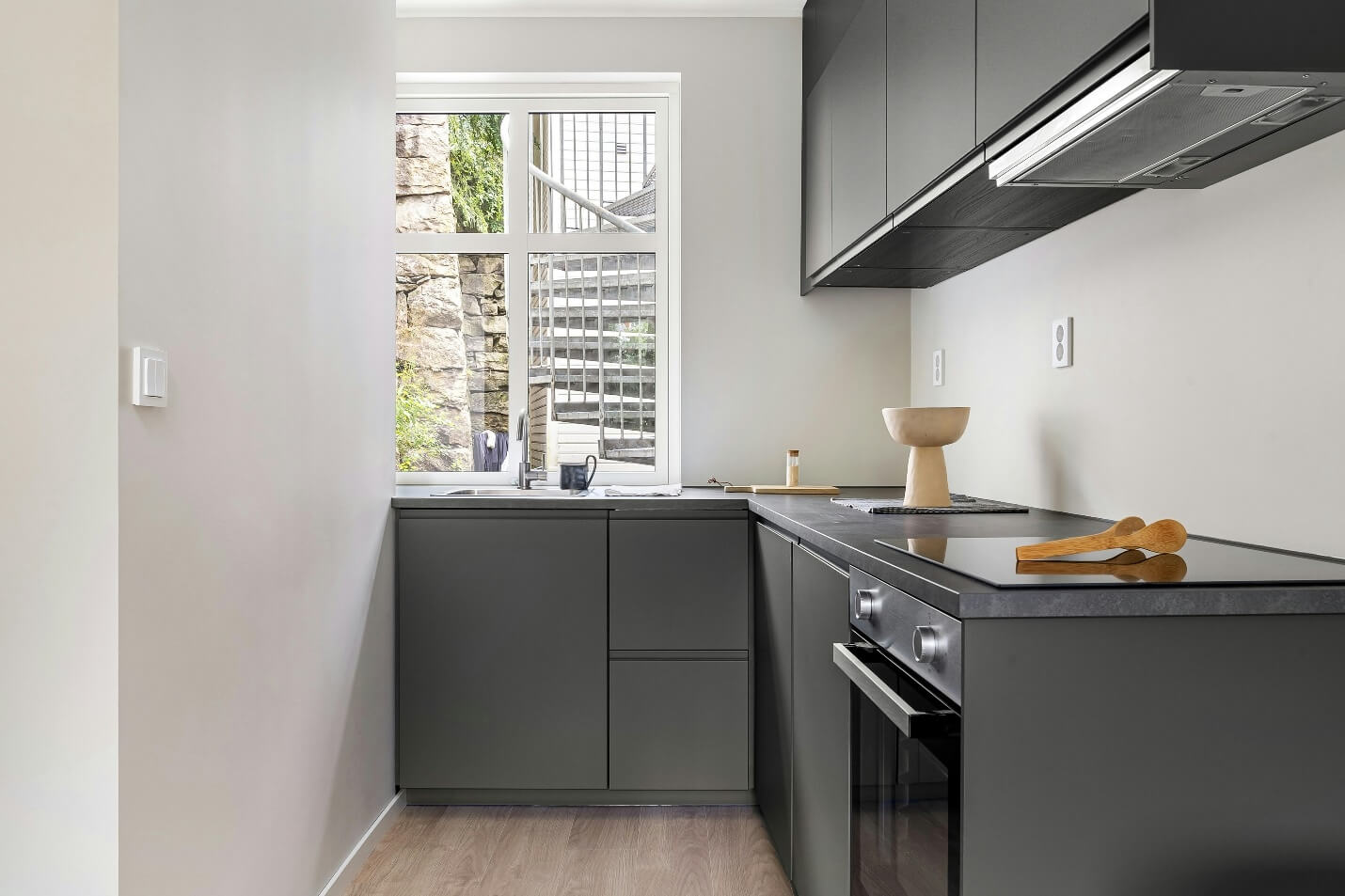In Raleigh, North Carolina, where historic neighborhoods and diverse housing options often mean charming but compact kitchens, space management becomes a top priority. While it might seem challenging to remodel a small kitchen, it’s entirely possible to transform even the tiniest layout into a functional and beautiful space.
The key lies in efficient planning, clever storage solutions, and aesthetic design strategies that make every inch count. Here, we’ll explore essential tips to help you revamp your tiny kitchen into a culinary haven tailored to your needs.
Assess Your Specific Needs
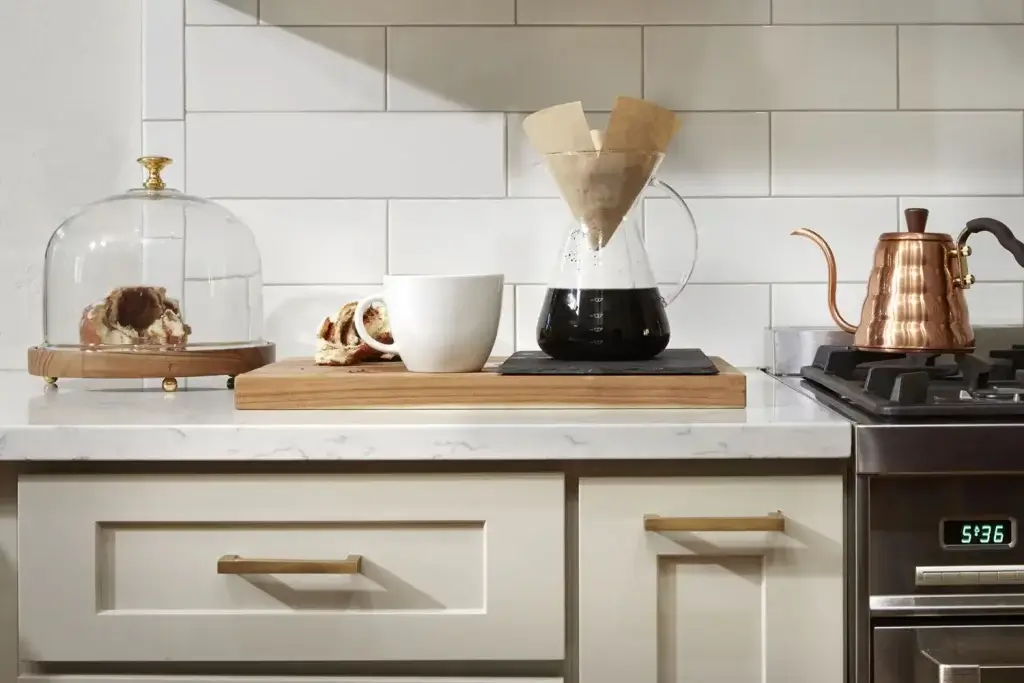 Before diving into a remodel, take time to evaluate your specific cooking, storage, and entertaining needs. What type of cooking do you do most often? Do you require extra pantry space for canned goods or bulk items? Do you like to entertain guests in the kitchen?
Before diving into a remodel, take time to evaluate your specific cooking, storage, and entertaining needs. What type of cooking do you do most often? Do you require extra pantry space for canned goods or bulk items? Do you like to entertain guests in the kitchen?
These considerations will shape how you approach the remodel, allowing you to prioritize features that match your lifestyle. For instance, if you frequently bake, you may need a larger countertop or space-saving mixer storage. Or, if you mostly cook simple meals, you might prioritize a compact kitchen layout with just the essentials.
Consult with Professionals
Once you have a clear idea of your needs, reach out to reputable kitchen remodeling experts in your area. Partnering with experts will help you craft a design plan that maximizes space and delivers the aesthetic appeal you desire.
A top Raleigh kitchen company can advise you on the best materials, layout options, and storage solutions to fit your specific budget and space constraints. Working with professionals will save you time and stress, ensuring your tiny kitchen remodel is both functional and well-crafted.
Set a Realistic Budget
A realistic budget is fundamental to keeping your remodel on track. Start by researching the cost of desired materials, labor, and any additional expenses like permits or unexpected repairs.
Allocate a portion of your budget for contingencies since small spaces can reveal unforeseen challenges, such as hidden plumbing issues or structural weaknesses.
Prioritize key elements like cabinetry and appliances first, then allocate the remaining budget to decorative finishes and personal touches. A clear financial plan will help you make thoughtful choices throughout the renovation.
Maximize Vertical Space
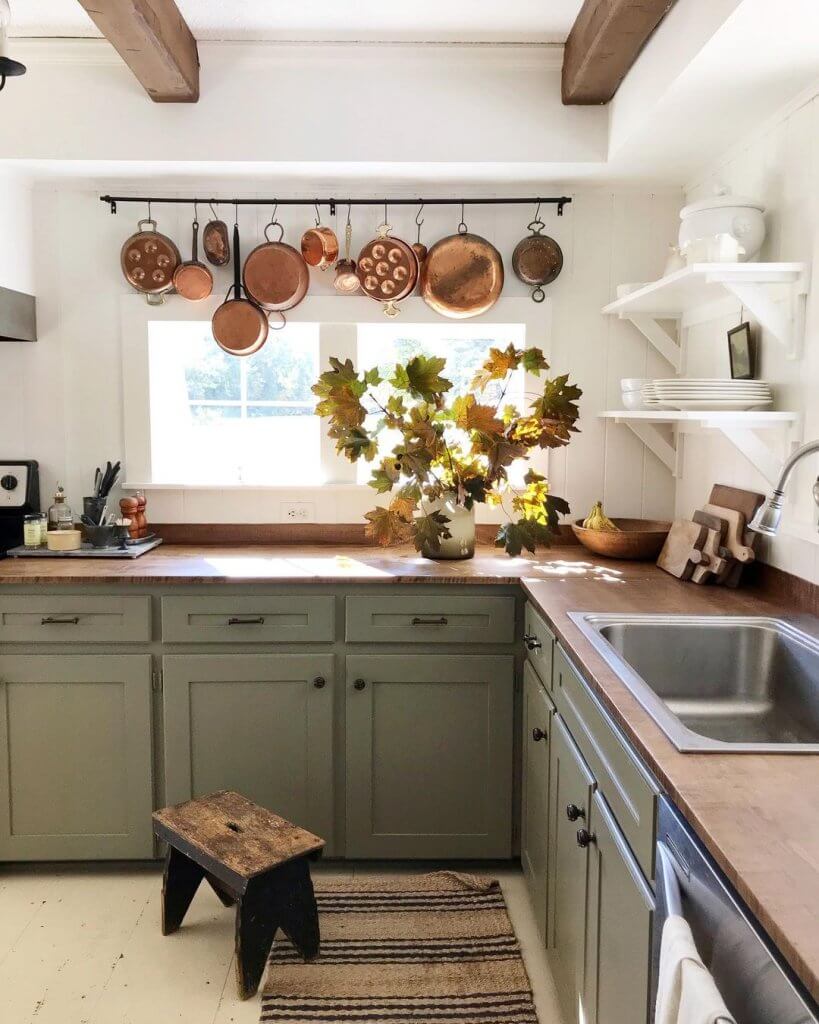 With limited square footage, it’s essential to think vertically. Tall cabinets or open shelves extending to the ceiling can provide ample storage for kitchenware and pantry items. Install hooks or magnetic strips to hang utensils and knives on walls, freeing up valuable drawer space.
With limited square footage, it’s essential to think vertically. Tall cabinets or open shelves extending to the ceiling can provide ample storage for kitchenware and pantry items. Install hooks or magnetic strips to hang utensils and knives on walls, freeing up valuable drawer space.
Consider stacking appliances like microwaves or toasters in specialized cabinets to keep countertops uncluttered. Utilizing every bit of vertical space will significantly expand your storage options, making your kitchen feel more organized and spacious.
Use Light Colors and Reflective Surfaces
Light-colored cabinetry and reflective surfaces can work wonders in visually expanding a tiny kitchen. Opt for white, pale gray, or pastel hues that reflect light, creating an airy feel.
Reflective surfaces like glass tiles, shiny backsplashes, and stainless steel appliances bounce light around the room, further brightening the space.
Glossy or semi-gloss paints on walls and cabinetry can also help, making your kitchen look larger and more open. Keeping the color palette cohesive ensures that all elements blend seamlessly, creating a harmonious visual effect.
Choose Multifunctional Furniture
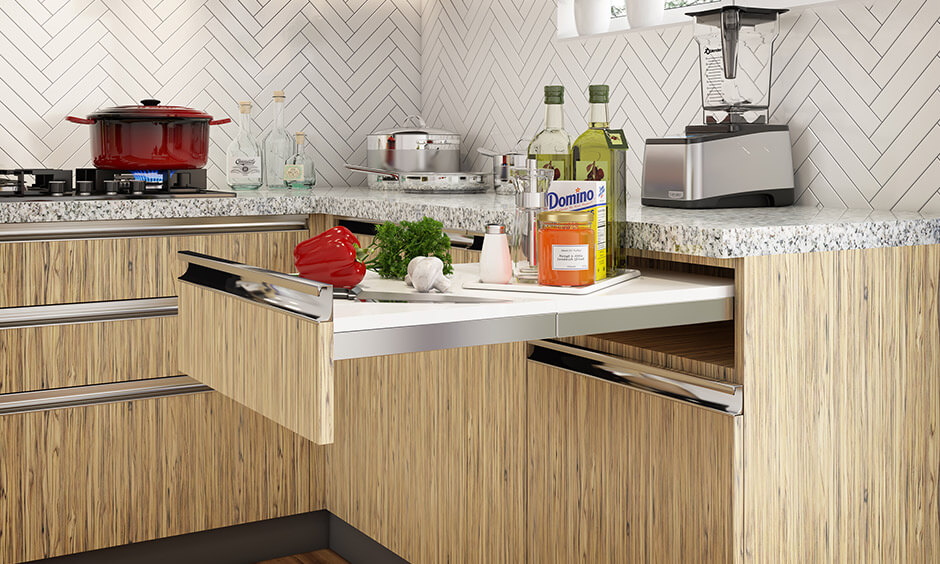 Incorporating multifunctional furniture is another excellent strategy for small kitchen spaces. Foldable tables that double as prep surfaces or dining areas can easily be stowed away when not in use. Benches with hidden storage can store linens, cleaning supplies, or extra utensils.
Incorporating multifunctional furniture is another excellent strategy for small kitchen spaces. Foldable tables that double as prep surfaces or dining areas can easily be stowed away when not in use. Benches with hidden storage can store linens, cleaning supplies, or extra utensils.
Rolling carts with drawers and shelves can be used for additional counter space, then wheeled away when needed. Opting for furniture that serves more than one purpose optimizes space while keeping your kitchen stylish and practical.
Install Efficient Lighting Solutions
Effective lighting is crucial in a tiny kitchen to ensure visibility, efficiency, and ambiance. Layered lighting, using different types of fixtures, creates a balanced, well-lit space. Under-cabinet lighting brightens countertops where most food prep occurs, while pendant lights over an island or dining area provide task lighting and a decorative accent.
Consider installing LED strips above cabinets to add a soft glow and make the kitchen feel taller. Use energy-efficient bulbs to save on power bills while keeping the kitchen well-lit. Combining these lighting solutions makes your tiny kitchen feel warm and inviting.
Incorporate Smart Storage Solutions
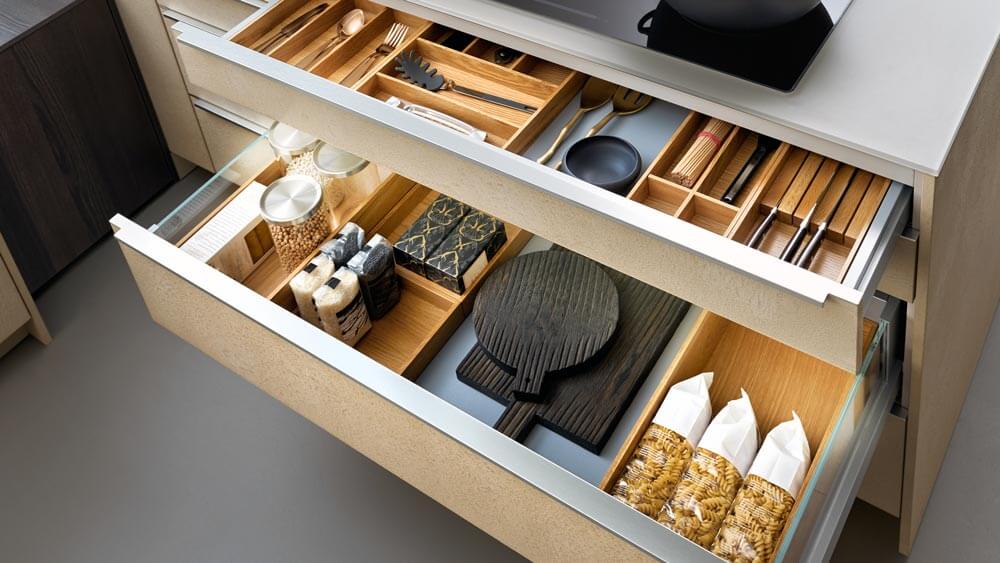 In small kitchens, every inch of storage matters. Consider smart storage solutions like pull-out shelves, drawer organizers, and lazy Susans.
In small kitchens, every inch of storage matters. Consider smart storage solutions like pull-out shelves, drawer organizers, and lazy Susans.
Pull-out shelves make it easier to reach items stored in the back of deep cabinets, while drawer organizers help separate utensils and tools. Lazy Susans are perfect for corner cabinets, allowing you to spin and access every item. Vertical dividers keep baking trays and cutting boards neatly organized.
Install hooks or racks on the insides of cabinet doors to store pot lids, measuring spoons, and cleaning supplies. These simple yet innovative storage solutions help you utilize every bit of space effectively.
Integrate High-Quality, Compact Appliances
Modern kitchen appliances are now designed with compact spaces in mind. Choose high-quality, space-saving appliances without compromising on performance or energy efficiency. Look for slim refrigerators with ample storage or ovens that double as microwaves.
Opt for induction cooktops that provide precise temperature control and free up space underneath for extra drawers. Stackable washer-dryer combos can be installed in a closet or corner cabinet. Investing in compact appliances ensures your kitchen remains fully functional while freeing up valuable counter and cabinet space.
Improve Traffic Flow and Layout
 An efficient layout is vital to keeping your tiny kitchen practical and clutter-free. When planning your remodel, ensure that the layout provides a clear path for movement and cooking activities. The classic work triangle (sink, stove, and fridge) remains a valuable guideline, even in small spaces.
An efficient layout is vital to keeping your tiny kitchen practical and clutter-free. When planning your remodel, ensure that the layout provides a clear path for movement and cooking activities. The classic work triangle (sink, stove, and fridge) remains a valuable guideline, even in small spaces.
Consider an L-shaped or galley-style layout if space allows, as these designs are known for their efficiency. Minimize the number of doors that swing into the kitchen or install sliding pocket doors to avoid obstructing traffic flow. If possible, opening the kitchen to an adjoining room can further enhance movement.
Creating a Functional and Stylish Tiny Kitchen
Remodeling a tiny kitchen may seem like a challenge, but with thoughtful planning and innovative solutions, it’s possible to create a space that’s both functional and stylish. With thE help of these tips, you can transform your tiny kitchen into a dynamic, efficient, and beautiful area that perfectly suits your lifestyle. Thoughtful design choices ensure that every inch is used to its full potential, leaving you with a kitchen that makes daily tasks enjoyable.

